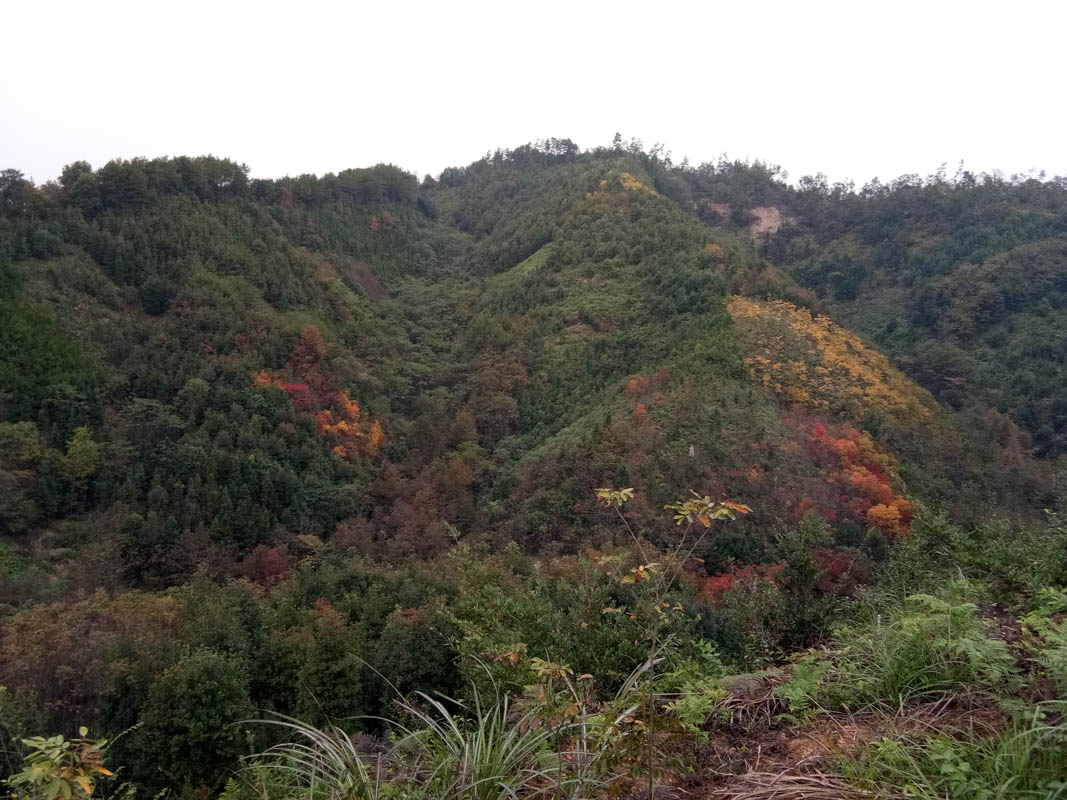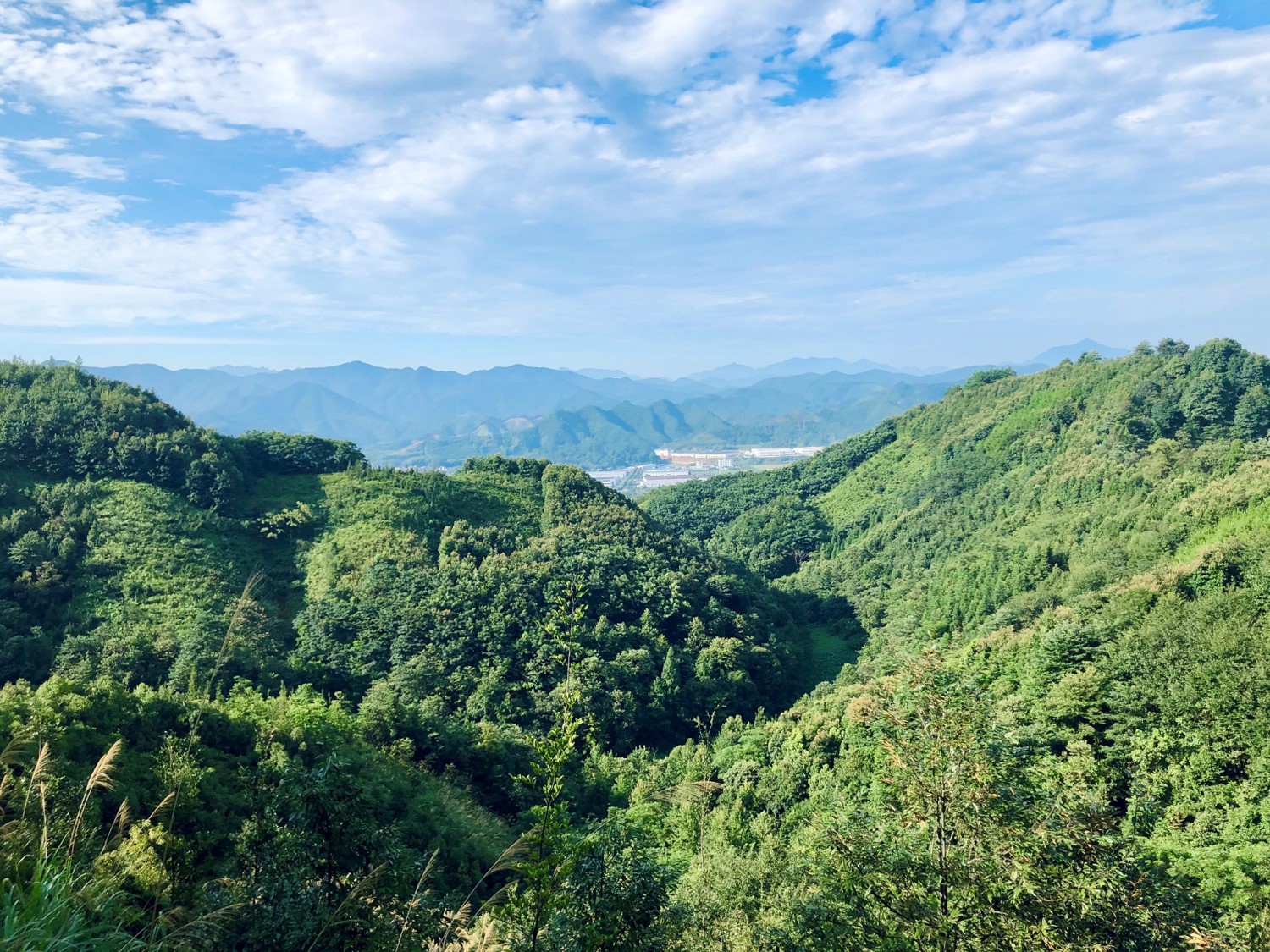
The core of the BEF-China research platform consists of
Comparative Study Plots (CSPs)
The 27 CSPs were established between May and July 2008 in the Gutianshan National Nature Reserve, Zhejiang Province, southeast China (29°14'N, 118°07'E) with a size of 30 × 30 m for each one. The region is characterized by a typical seasonal subtropical monsoon climate with hot and humid summers contrasted by cool and relatively dry winters. The potential natural vegetation is a diverse mixed evergreen broad-leaved forest with Castanopsis eyrei, Cyclobalanopsis glauca, and Schima superba as the most abundant species. The 27 CSPs plots were randomly selected, stratified by successional age and as far as possible species richness (canopy tree species richness ranging from 3-20) (Liu et al. 2018). According to the first plant investigation, there are 148 species of woody plants with plant height greater than 1 m, belonging to 46 families. Check for more information in Bruelheide et al. 2011 and Ma 2013.
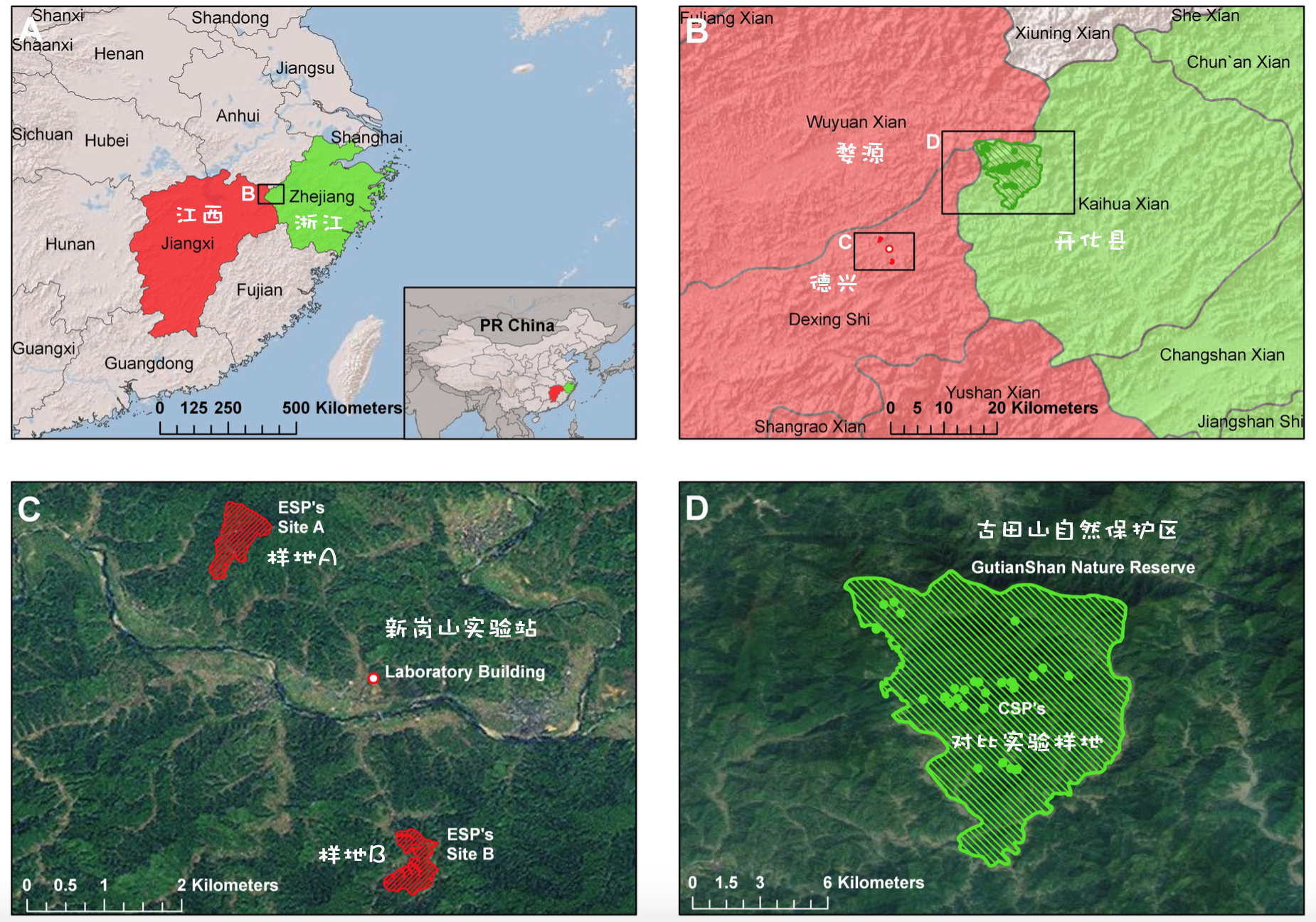 Figure 1 Map of BEF-China experiment. Comparative Study Plots are shown in Figure1B and D.
Figure 1 Map of BEF-China experiment. Comparative Study Plots are shown in Figure1B and D.
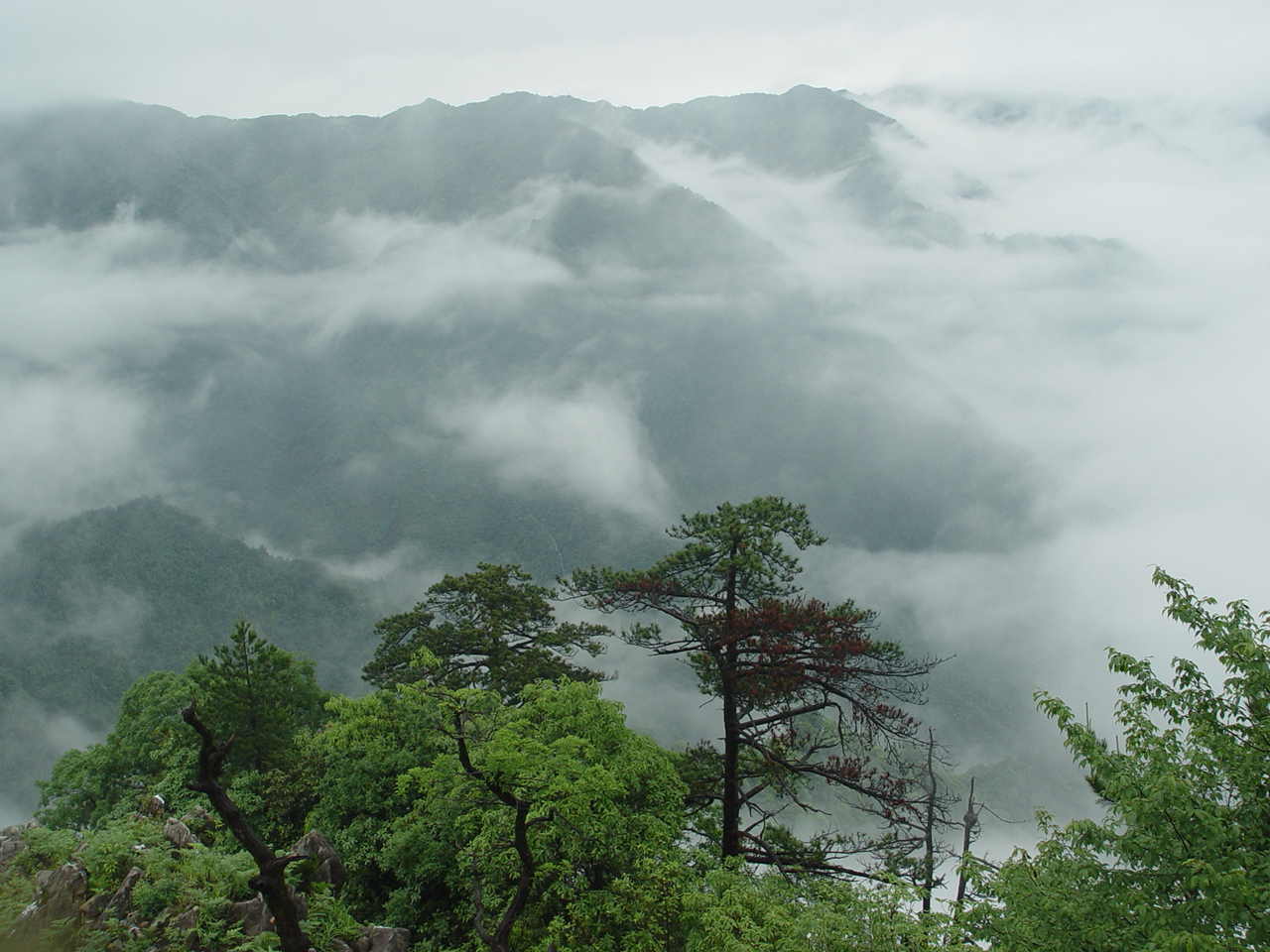
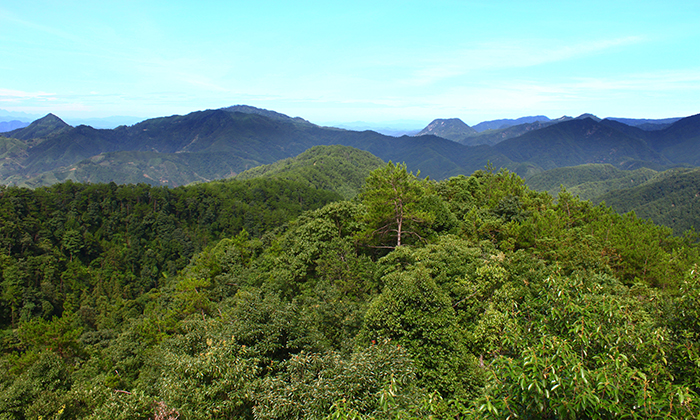

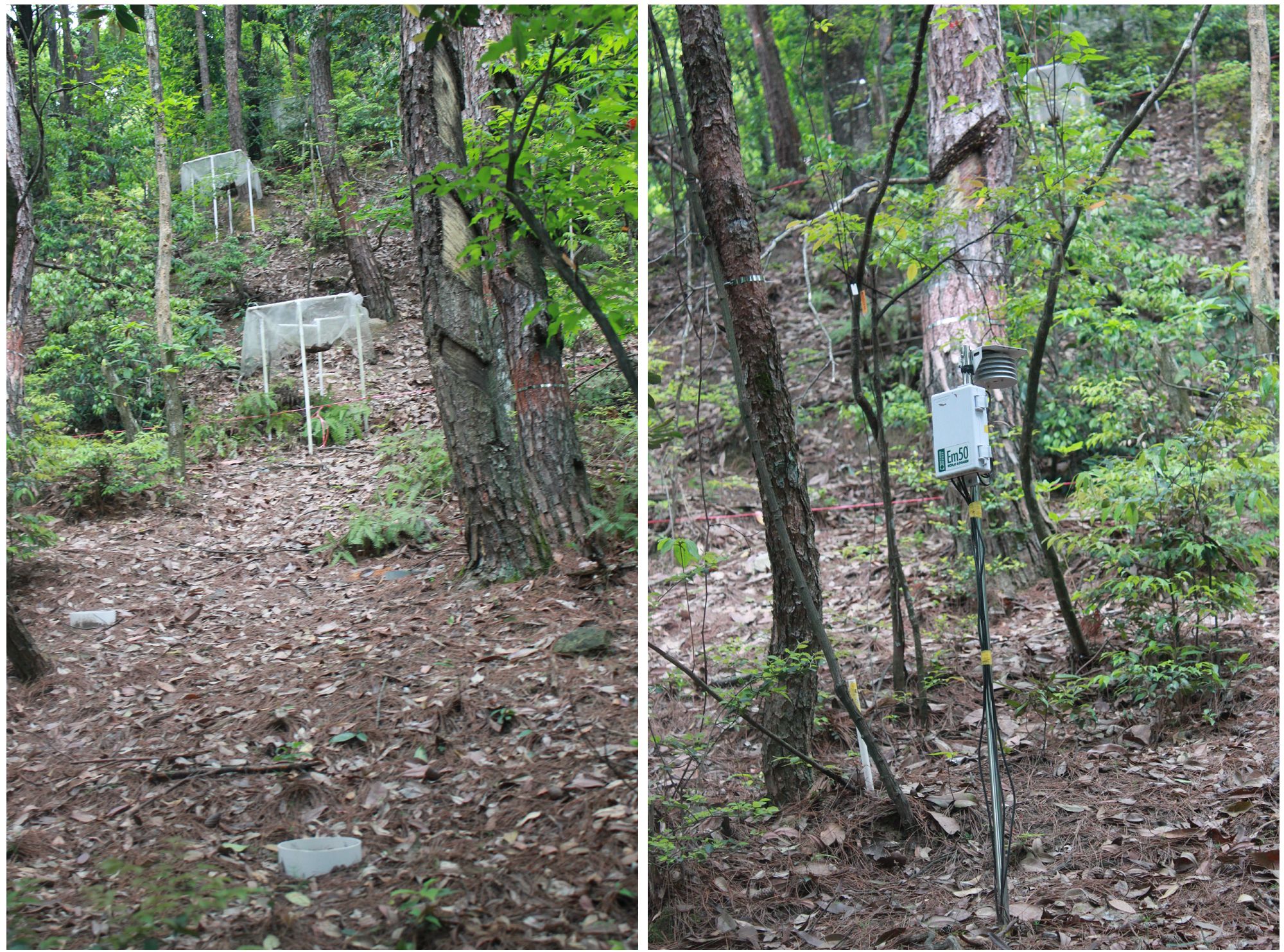

 Figure 2 Landscape of Gutianshan National Nature Reserve
Figure 2 Landscape of Gutianshan National Nature Reserve
The BEF-China Main Experiment
The BEF-China main experiment sites are located near Xingangshan, Dexing, Jiangxi Province in southeast China (29°05'–29°08'N, 117°54'–117°56'E, see Figure1A and 1C), which is about 40 km southeast of the CSPs. The experiment consists of two experimental sites (Site A and Site B) of ca 20 ha each. A total of 566 experimental plots were established at two different sites that were planted in 2009 and 2010, respectively. Every plot has a size of 25.82 × 25.82 m in horizontal projection, which corresponds to the traditional Chinese area unit of 1 mu, of which 64 super plots (4-mu plots) were set up for additional shrub planting. The plant species pool consists of 42 tree species and 18 shrub species. This species pool was used to establish seven levels of tree species richness (0, 1, 2, 4, 8, 16, 24 tree species) and five levels of shrub species richness (0, 2, 4, 8 shrub species in 4-mu plots and shrub monoculture plots). On each plot 400 tree individuals were planted in 20 × 20 regularly arranged columns and rows, with a distance of 1.29 m among trees. Therefore, more than 300,000 tree and shrub saplings were planted in total since 2008. The species compositions for the different plots were determined by two kinds of extinction series: random extinction series and non-random extinction series. The BEF-China experiment is currently the largest tree diversity experiment in the world. For more information check Ma 2013, Bruelheide et al. 2014, Huang et al. 2018 and Bongers et al. 2021.
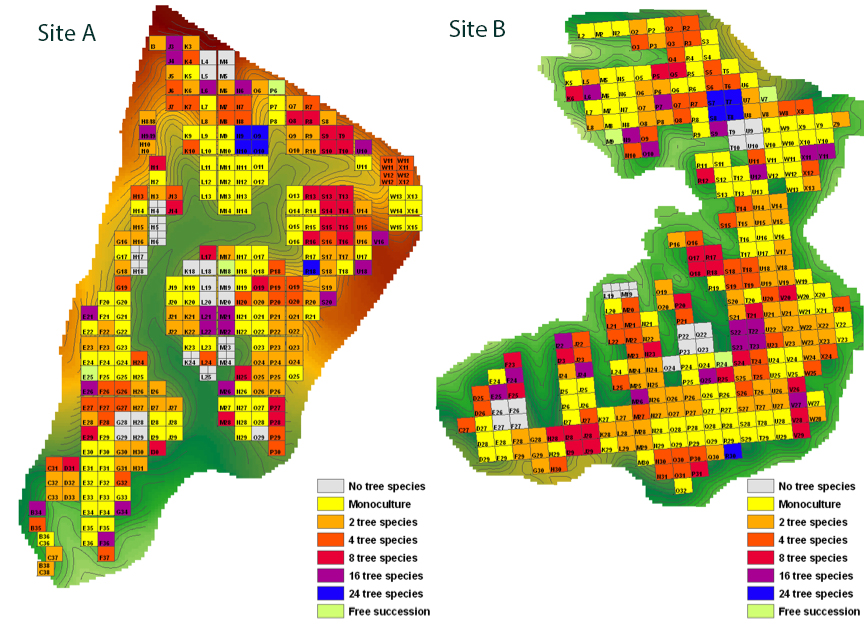 Figure 3 Arrangement of plots at both sites of BEF-China at Xingangshan, illustrating different tree species richness levels.
Figure 4 Photos of site A and site B
Figure 3 Arrangement of plots at both sites of BEF-China at Xingangshan, illustrating different tree species richness levels.
Figure 4 Photos of site A and site B


